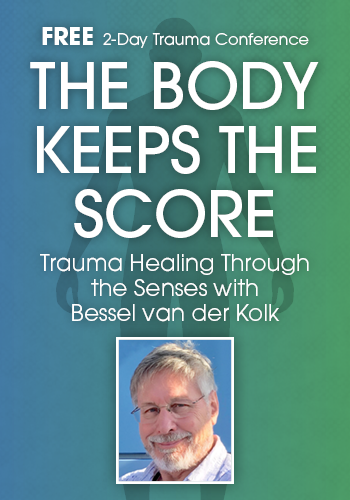Enrol in an online course today for flexible, self-paced learning—no fixed schedule required. Plus, enjoy lifetime access to course materials for convenient revisiting.
Therapy and Yoga (2/5): A Brief History of Modern Yoga (for Therapists)

Although the word yoga has become synonymous with a type of physical exercise – yoga leggings, and sticky yoga mats – this physical aspect of yoga is a relatively new iteration. It only emerged in the last two centuries and began to take hold in the 1950s as a form of exercise and a way to support wellness.
Most of the yoga that we recognise today is founded on the teachings of the author and ayurvedic healer Krishnamacharya. He is called ‘the father of modern yoga’ and credited with bringing the teachings of yoga to the ‘west’. Three of his most famous students are solely responsible for the majority of what we see today in the media as yoga. Most group classes available in yoga studios or the gym are descended from one, or a combination, of these:
- B.K.S. Iyengar founded Iyengar yoga, which uses long holds and props to support its alignment-specific practice.
- Pattabhi Joyce was the founder of Ashtanga yoga, which is a rigorous and somewhat gymnastic set of sequences repeated on the breath (often called ‘Vinyasa’).
- Krishnamacharya’s son Desikachar also developed a therapeutic physical strain of ‘slow flow’ breath-centered yogic practice, previously called Viniyoga.
Modern yoga began as a very personal practice – these three teachers were directly taught yoga by Krishnamacharya, who tailored it to their individual needs. The group ‘Hatha’ yoga classes that we are accustomed to, and continue to grow in popularity due to their financial accessibility, did not yet exist.
In fact, the classes in most of today’s gyms would be incomprehensible to Krishnamacharya or his early students. Less than a century ago, yoga was more like a private therapy session. Teachers taught a limited number of students, often one-on-one, and would carefully craft the type and style of movements, breath practices, and mindfulness techniques to support the student’s current situation and health. New techniques were only taught when the teacher felt the student was ready to receive them.
At its roots, yoga philosophy is considered more of a science of thinking and wellness than anything related to an exercise class or a religion. The written science of yoga philosophy dates back more than 2,000 years. The physical aspect of yoga – which is what most people think of as yoga – is called ‘asana’ in Sanskrit. This translates as posture and was originally just related to sitting in meditation.
Some yoga teachers and students are also aware of the more subtle aspects of the yoga practice, such as the Yoga-Sūtras, breathing techniques, meditation variations, or ayurvedic health practices. But these parts are less prominent in some classes or the media. Therapists with clients who have a deep knowledge of yoga, or who are interested in the history of yoga, could visit the official website of India, which has an amazing page about the origins and development of yoga.
Given this extensive history and multidimensional framework, yoga is many different things to different people. Regardless of the length of time a client may have had a yoga practice, a curious therapist, resourced with a basic understanding of the different aspects, history and lineage, might fruitfully ask… Why yoga?

















